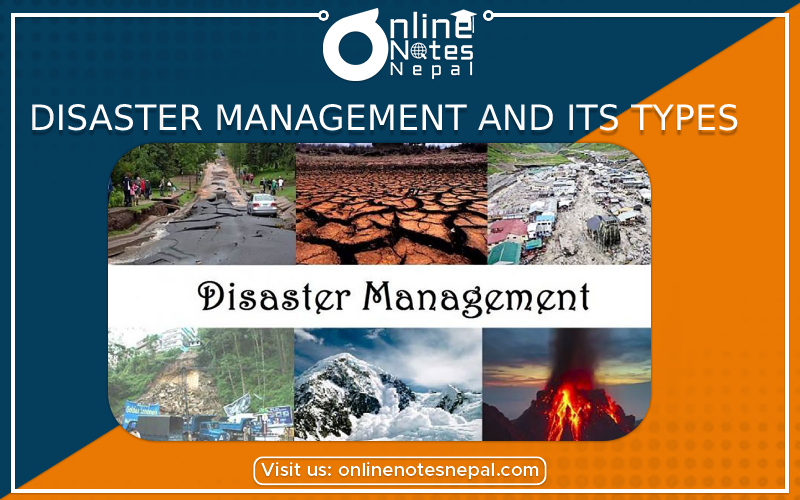Disaster Management
A disaster is a serious disruption of the functioning of a community or a society. Disasters cause damage to human, material, economic or environmental impacts. It also exceeds the ability of the affected community or society to cope using its own resources. Natural calamities make the people handicapped, kill the people and animals and different problems are also created. During such natural calamities, there may be thecrisis of food, water, and shelter. People get rid of many people if they become careful. Here are some of the measure of disaster management.
Before the disaster
- It is necessary to listen to the information about the climate.
- The Emergency contact must be kept in our mind.
- The Emergency aids and things like food, clothes, medicines, radio etc are kept in the right place so that we can use them in the time of emergency.
- We must be careful about the sudden change of weather.
- It is necessary to listen to the weather forecast and news regularly related to the weather.
- We must learn the ideas and knowledge about what should be done during the time of theearthquake and another natural disaster.
- Develop the information system to get the weather information.
- Go to the safe place looking at the condition of weather.
- If you are near the river, look at the level of water in the river and inform by playing siren.
During the disaster
- Stay with the family and friends.
- Familiarize yourself with the warning signs.
- Make sure you have a disaster plan.
- Do not run here and there with panic. Keep Calm.
- Be safe from electric wire, broken glass, nail etc.
- Listen to the Emergency Radio.
- Provide First Aid to the wounded if possible.
- Stay Low and Get Away from Windows or Exterior Walls, stay in a safe place and wait for the help.
- If you're driving when a warning is issued, try to drive to the closest place you can take shelter.
After disaster
- If the situation is under control, do not return to the home.
- Tak ethe wounded people to the hospital or nearby health centers.
- Familiarize yourself with common disaster myths.
- Be aware of possible violence and criminal activities.
- If you're outdoors, get away from tall objects that may collapse.
- If you're in a vehicle, stop quickly, but try to stay clear of those tall objects.
- Help in the rescue operation.
- Listen to the Emergency regularly.
Types of disaster
- Natural disasters
- Environmental emergencies
- Complex emergencies
- Pandemic emergencies
Natural disasters
Natural disaster includes floods, hurricanes, earthquakes and volcano etc. It has immediate impacts on human health and secondary impacts causing further death and sufferings.
Environmental emergencies
It includes technological or industrial accidents. It usually involves the production, use or transportation of hazardous material. It occurs where these materials are produced, used or transported, and forest fires caused by humans.
Complex emergencies
It involves a break-down of authority, looting, and attacks on strategic installations, including conflict situations and war.
Pandemic emergencies
It involves a sudden onset of disease that affects health, disturbs services and businesses. It also brings economic and social costs.
